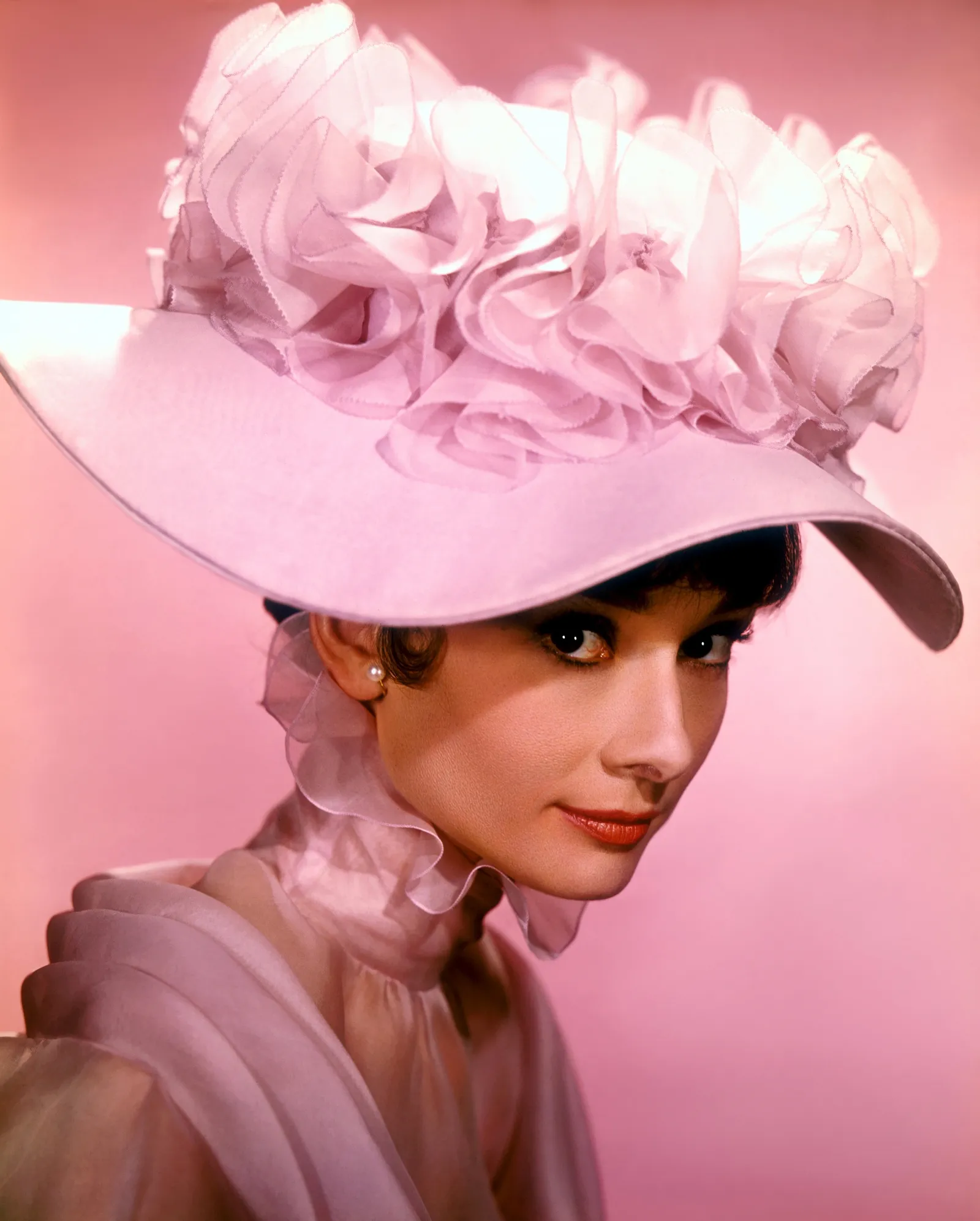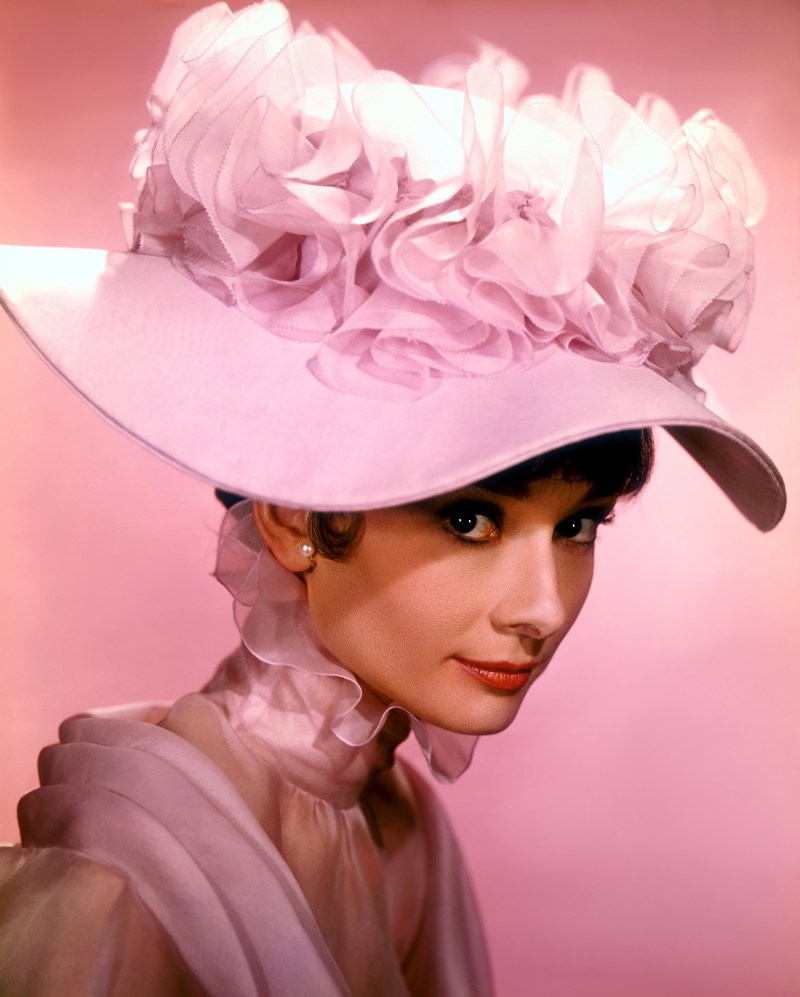
The loverliest musical of all returns.
“My Fair Lady” plays this weekend at the Stanford Theatre, Saturday, May 6 at 7:30 p.m., and Sunday, May 7 at 3 p.m.
The 170-minute classic from Warner Bros., directed by George Cukor (“A Star is Born,” “Gone With the Wind,” “The Philadelphia Story”), is a graceful reimagining of the 1913 play “Pygmalion” by George Bernard Shaw, and, interestingly enough, surpasses its worthy original in fame, acclaim, pop brilliance and belovedness.
“My Fair Lady” stars Audrey Hepburn in the now iconic role of Eliza Doolittle, the poor English flower girl who is made over by the persnickety phonetics professor Henry Higgins (Rex Harrison). He makes a bet with a colleague that he can make even the lowliest Cockney sound like the Queen. Trying to maintain a cool distance, Prof. Higgins ends up growing accustomed to Eliza’s face, falling in love with her (as these things often go).
It was a hit in 1964 — a great year for musicals in general, like “The Umbrellas of Cherbourg,” “A Hard Day’s Night” and “Mary Poppins.” The latter starred Julie Andrews, who played Eliza to Harrison’s Higgins in the original 1956 Broadway adaptation. But in 1964, because Andrews was an unknown in cinema (and because of a lack of instant name recognition), producer Jack Warner hired Hepburn to play Eliza over Andrews.
(Andrews got slight revenge at the 1965 Academy Awards, where she won the Best Actress Oscar for “Mary Poppins” over Hepburn.)
“My Fair Lady” was one of the last great Hollywood musicals. In the exciting time of turbulence that was the ’60s, this type of glossy, high-octane filmmaking faded away as the young turks of Hollywood became more frank and immediate in edgy subject matter. Once, “My Fair Lady” looked quaint to hippie and straight squares. Now, it is downright dizzying — a delicious thing to behold, and a masterful final gasp (no, deep breath) for Classic Hollywood.
Regardless of who was the better Eliza, it cannot be denied that “My Fair Lady” provided Audrey Hepburn an avenue on which she gave one of the best performances in Hollywood history. As critic Molly Haskell writes, “Hepburn wore clothes better than any other actress ever has; it’s an essential element in her persona. And ‘My Fair Lady’ was an exceptional showcase for her — when she emerges the fair lady, wowing even arid Rex Harrison, she is sublime in her Cecil Beaton period costumes.”
Roger Ebert opines: “‘My Fair Lady,’ with its dialogue drawn from [George Bernard] Shaw, was trickier and more challenging than most other stage musicals; the dialogue not only incorporated Shavian theory, wit and ideology, but required Eliza to master a transition from Cockney to the Queen’s English. All of this Hepburn does flawlessly and with heedless confidence, in a performance that contains great passion.”
The tender handling of the performances is due to master actor’s director George Cukor. Says Dave Kehr on Cukor’s direction: “Cukor doesn’t try to hide the stage origins of his material; rather, he celebrates the falseness of his sets, placing his characters in a perfectly designed artificial world. Every frame of this 1964 film bespeaks Cukor’s grace and commitment — it’s an adaptation that becomes completely personal through the force of its mise-en-scene. Rex Harrison deserved his Oscar for his performance as Henry Higgins, and Audrey Hepburn (though her singing voice is dubbed) is an enchanting presence and a clever actress.”
“My Fair Lady” has been the 12th most widely attended film at the Stanford Theatre — 44,957 tickets since 1989. It first played at the Stanford on Sept. 8, 1990; it was last played in July 2015.
Contact Carlos Valladares at cvall96 ‘at’ stanford.edu.
